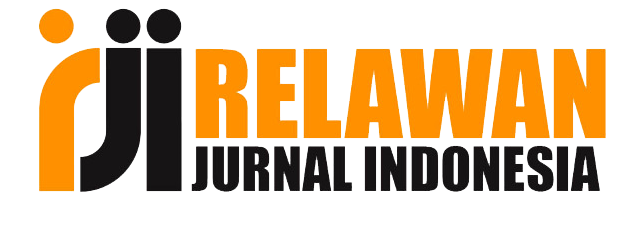The portrayal of gender difference toward swear word: an investigation of words and expressions used by Indonesian students
DOI:
https://doi.org/10.33474/j-reall.v1i2.6747Keywords:
swear word, word choice, gender, studentsAbstract
The society in using language is susceptible to any type of word including the expression of swear word. This research aims to determine of the types in swear word use based on the gender of its use in communication. Descriptive qualitative is used as a research approach and its application uses phenomenology methods. The data are from male and female students by matching them to Wardhaugh's and Jay's list of swear word. Students of elefth social three are selected for this research. Analysis of the results of gender-based reviews shows that men are stronger in the use of swear word forms. In contrast to women who are more aggressive and talk much only in their groups. Sex, death, excretion, bodily functions, religious matters, politics, mother-in-law, animals, nicknames are more widely used by men. For the types of rude comments women use more. This is indicated by their words and expressions that are more feminine and long-winded. Finally, the swear word which is included in this taboo word is used sometimes not the same for men and women.
References
Afifi, M. (2007). Gender Differences in Mental Health. GoogleSchoolar, 7.
Aji, B. P. (2014). The Use of Swear Words in "Four Brothers" Movie. Surabaya: Faculty of Letters and Humanities State Islamic University UIN Sunan Ampel.
Ary, D. (2010). Introduction to Research in Education. Canada: Wadsworth.
Creswell, J. W. (2012). Educational Research Planning, Conducting and Evaluating Quantitative and Qualitative Research.United States of America: Library of Congress Cataloging.
Flick, U. (2009). An Introduction to Qualitative Research Fourth Edition Sage. London: Sage.
Google: https://liberalarts.utexas.edu Meyerhoff, M. (2006). Introducing Sociolinguistics. New York: Routledge.
Guvendir, E. (2015). Why Are Males Inclined to Use Strong Swear Words More than Females? An Evolutionary Explanation Based on Male Intergroup Aggressiveness. ScienceDirect, 7.
Holmes, J. (2008). An Introduction to Sociolinguistics. England: Sustainable Forests.
Jay, T. (2009). The Utility and Ubiquity of Taboo Words. SAGE Journals, 9.
Jendra, I. I. (2010). Sociolinguistics the Study of Societies Languages. Yogyakarta: Graha Ilmu.
Masaki, Y. (2004, 12 13). Critique of J. L. Austin Speech Act Theory. Retrieved from Google: www.caj1971.com
Nurhayati. (2007). the Use of Swear Words and its Relationship with Taboo Words in Crank. 122.
Popusoi, S. A. (2018). Get the F#*k Out My Way! "Exploring the Carhartic Effect of Swear Words in Coping with Driving Anger. Elsevier, 12.
Putra, R. R. (2012). Bentuk dan Fungsi Kata Umpatan pada Komunikasi Informal di Kalangan Siswa SMA Negeri 3 Surabaya: Kajian Sosiolinguistik. Google scholar, 13.
Samara, A. (2017). Acquiring Variation in An Artificial Language: Children and Adults Are Sensitive to Socially Conditioned Linguistic Variation. Elsevier, 30.
Sumarsono, M. E. (2012). Sosiolinguistik. Yogyakarta: SABDA.
Spolsky, B. (2003). Sociolinguistics. New York: Oxford University Press.
Taguchi, N. (2018). Description and Explanation of Pragmatic Development: Quantitative, Qualitative, and Mixed Methods Research. Elsevier, 10.
Wahyuningsih, S. (2018). Men and Women Differences in Using Language: A Case Study of Students at STAIN Kudus. English Education, Literature, and Culture (EduLite), 12.
Wardhaugh, R. (2006). An Introduction to Sociolinguistics.Australia: Blackwell.
Yule, G. (2010). The Study of Language. New York: Cambridge University Press.
Downloads
Published
How to Cite
Issue
Section
License
Copyright (c) 2020 Siti Aisyah, Chairuddin Chairuddin, Tera Athena

This work is licensed under a Creative Commons Attribution 4.0 International License.
Authors who publish this journal agree to the following terms:
- Authors retain copyright and grant the journal right of first publication with the work simultaneously licensed under a Creative Commons Attribution License that allows others to share the work with an acknowledgement of the work's authorship and initial publication in this journal.
- Authors can separately make additional contractual arrangements for non-exclusive distribution published by the journal (e.g., publish it in a book), with an acknowledgement of its initial publication in this journal.
- Authors are allowed and encouraged to send their work via online (e.g., in the institutional repositories or their website) after published by the journal.






















